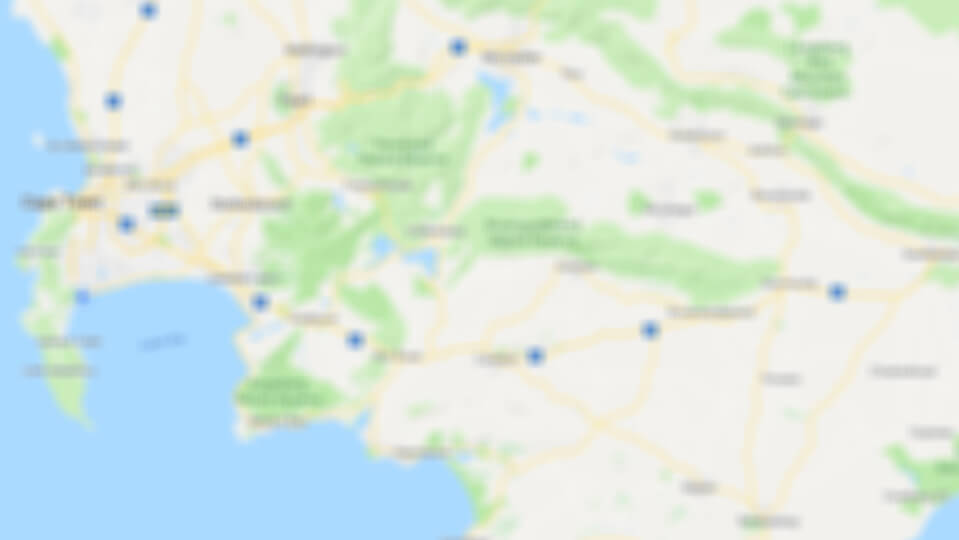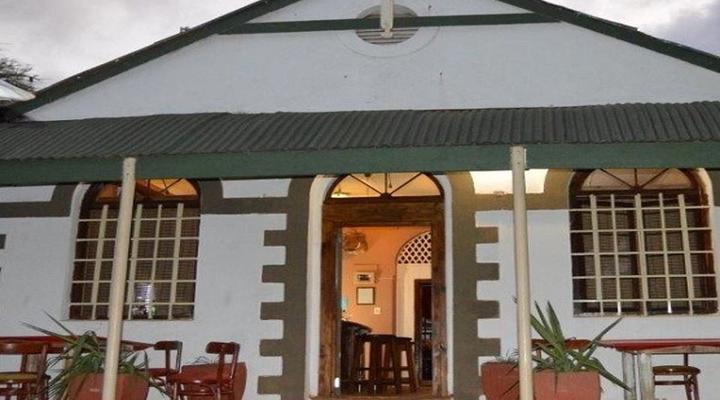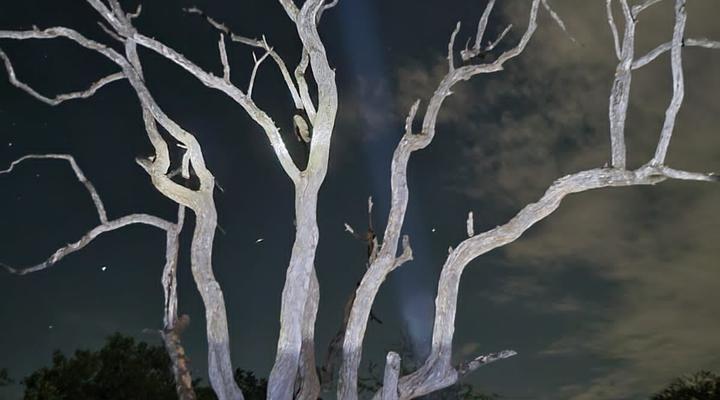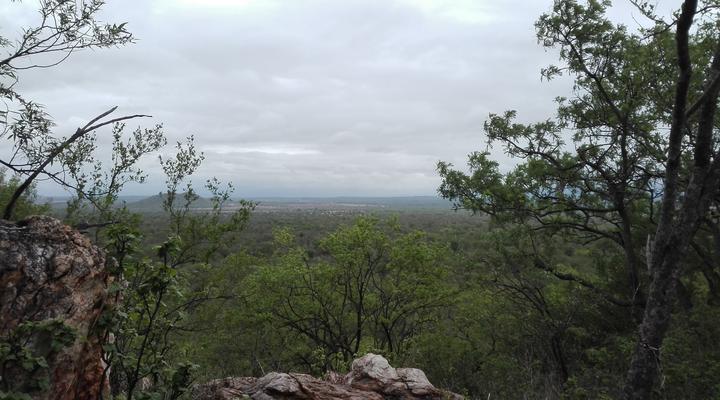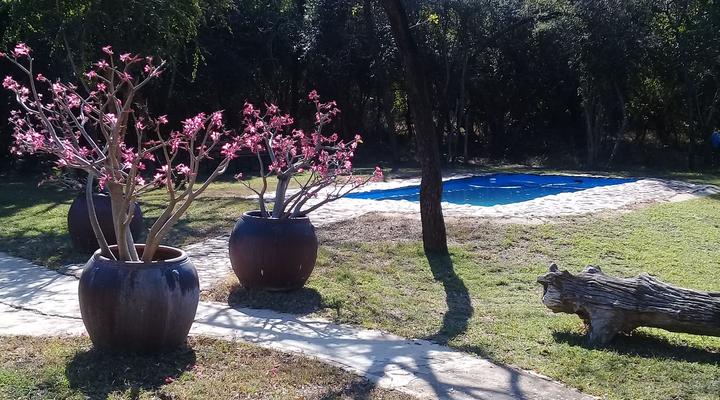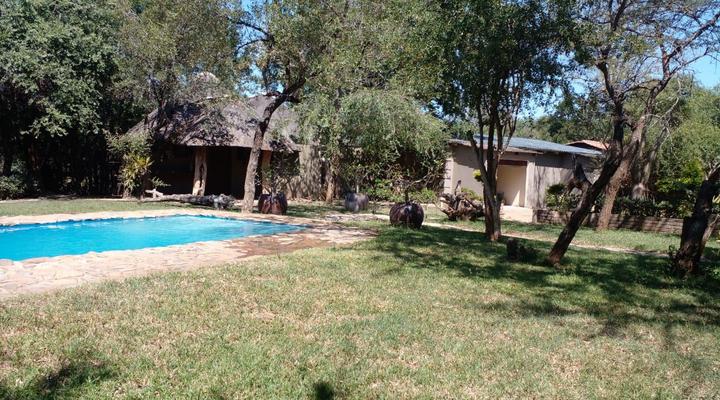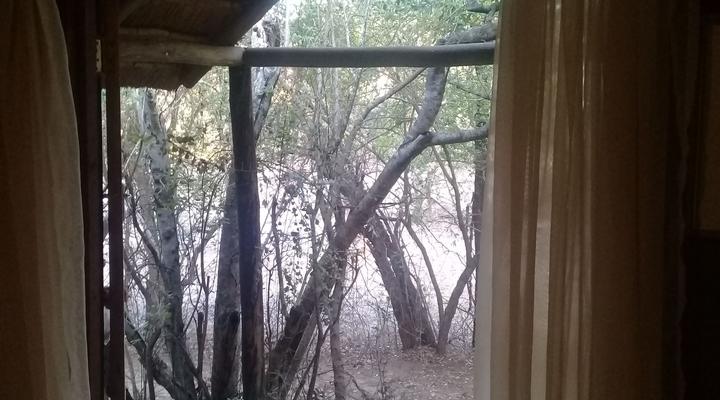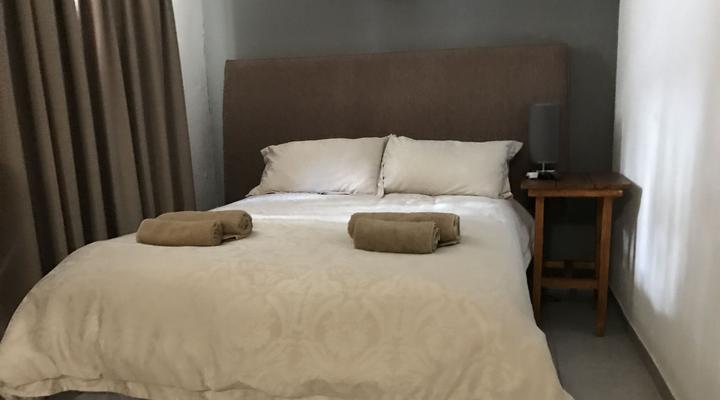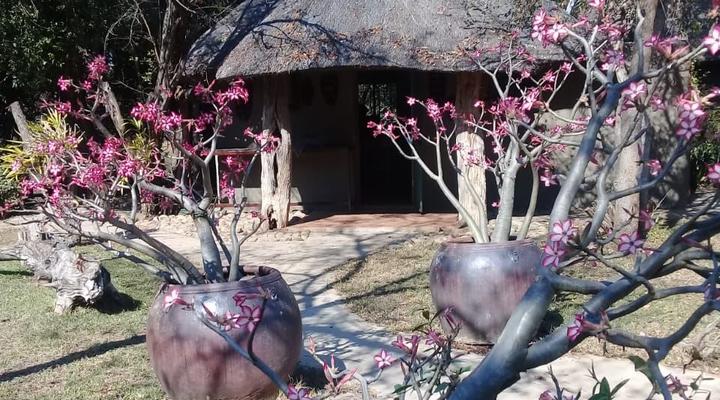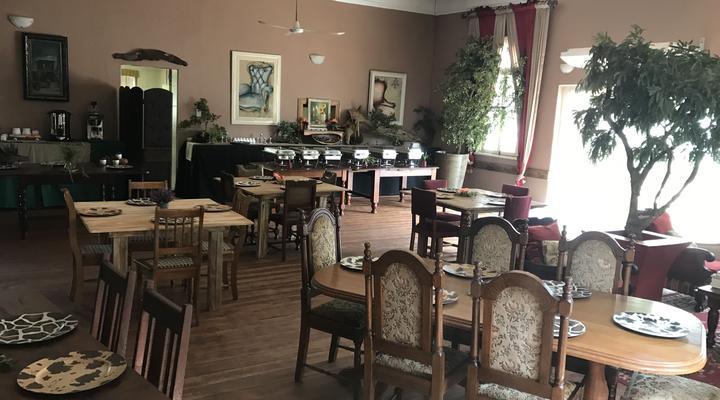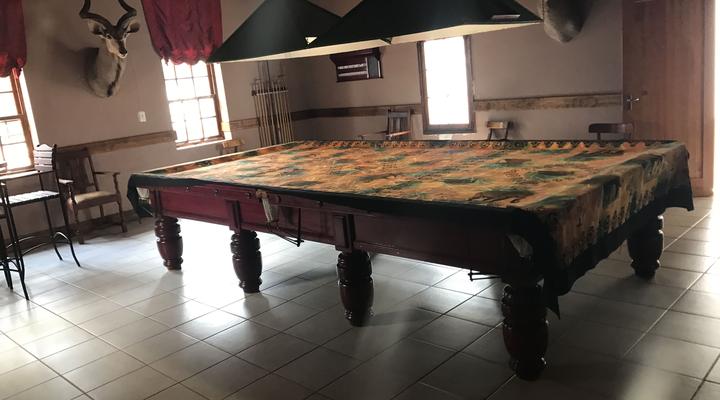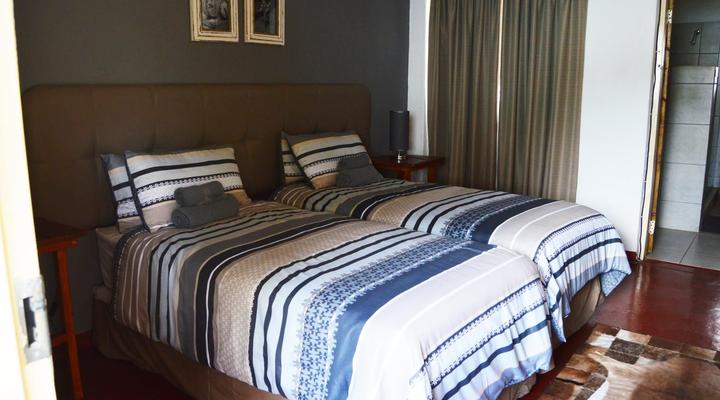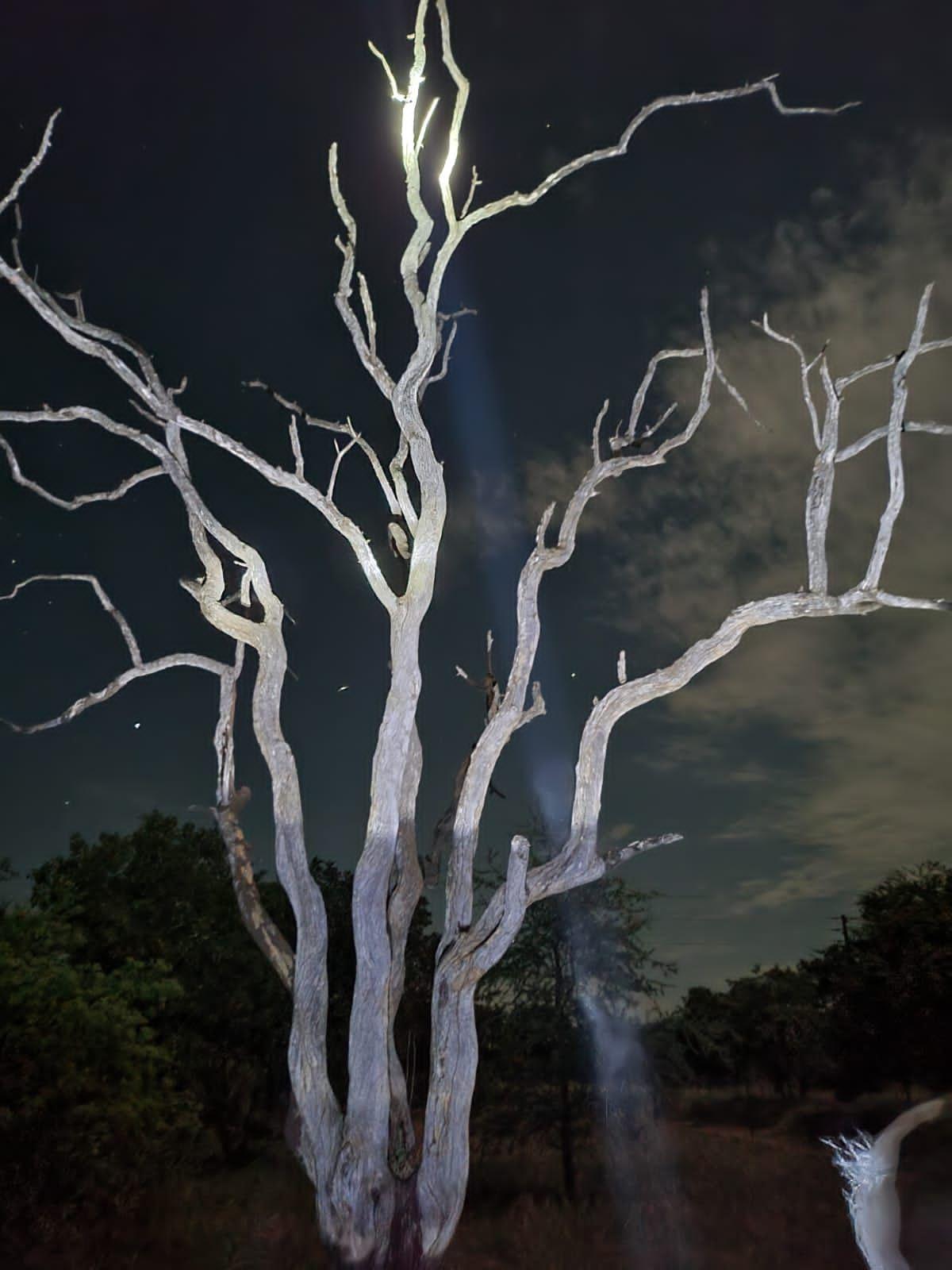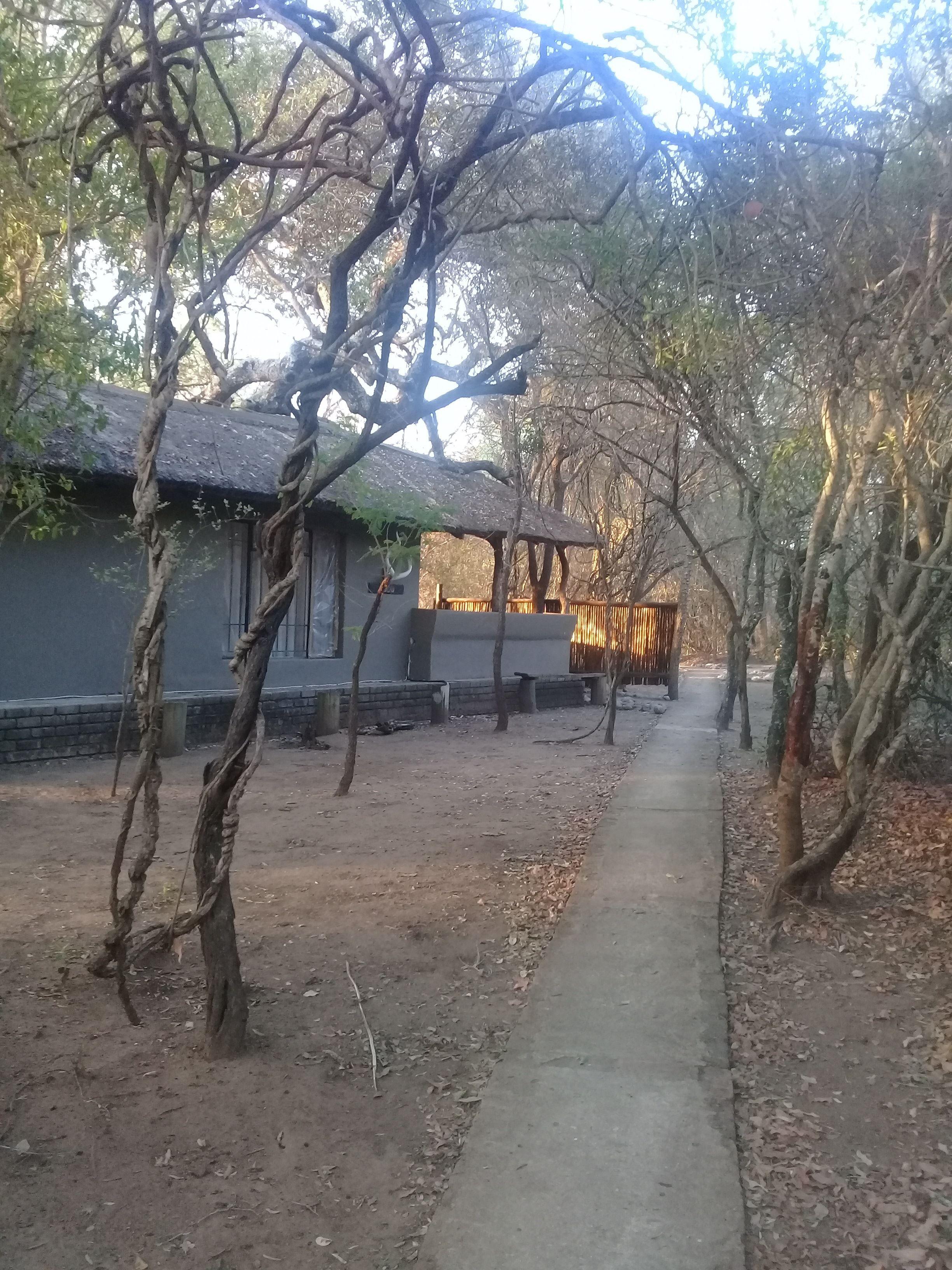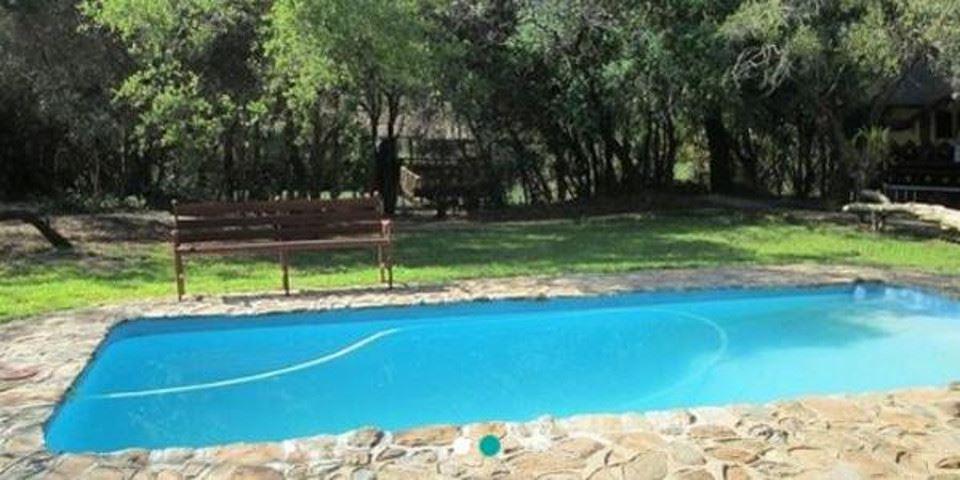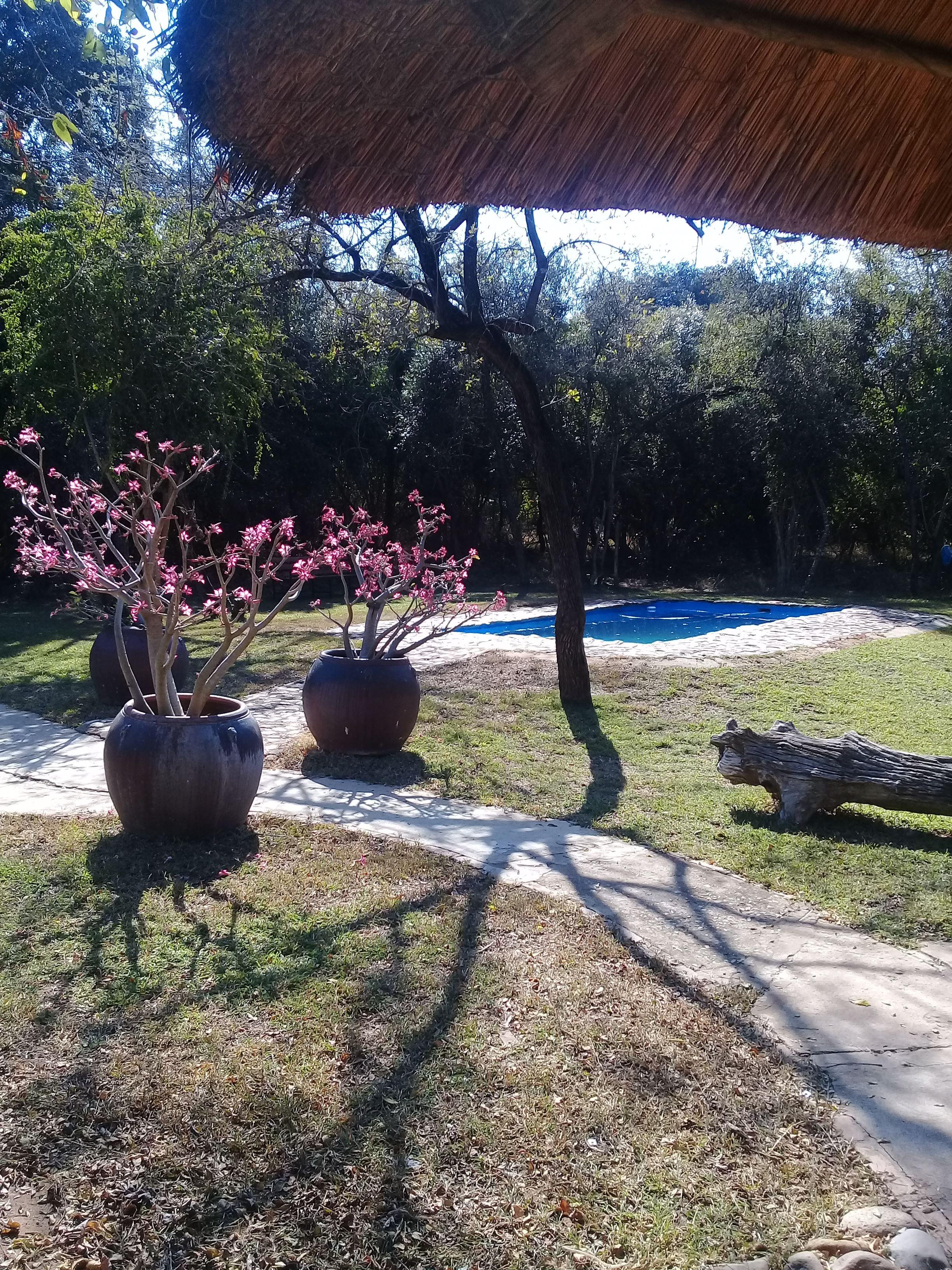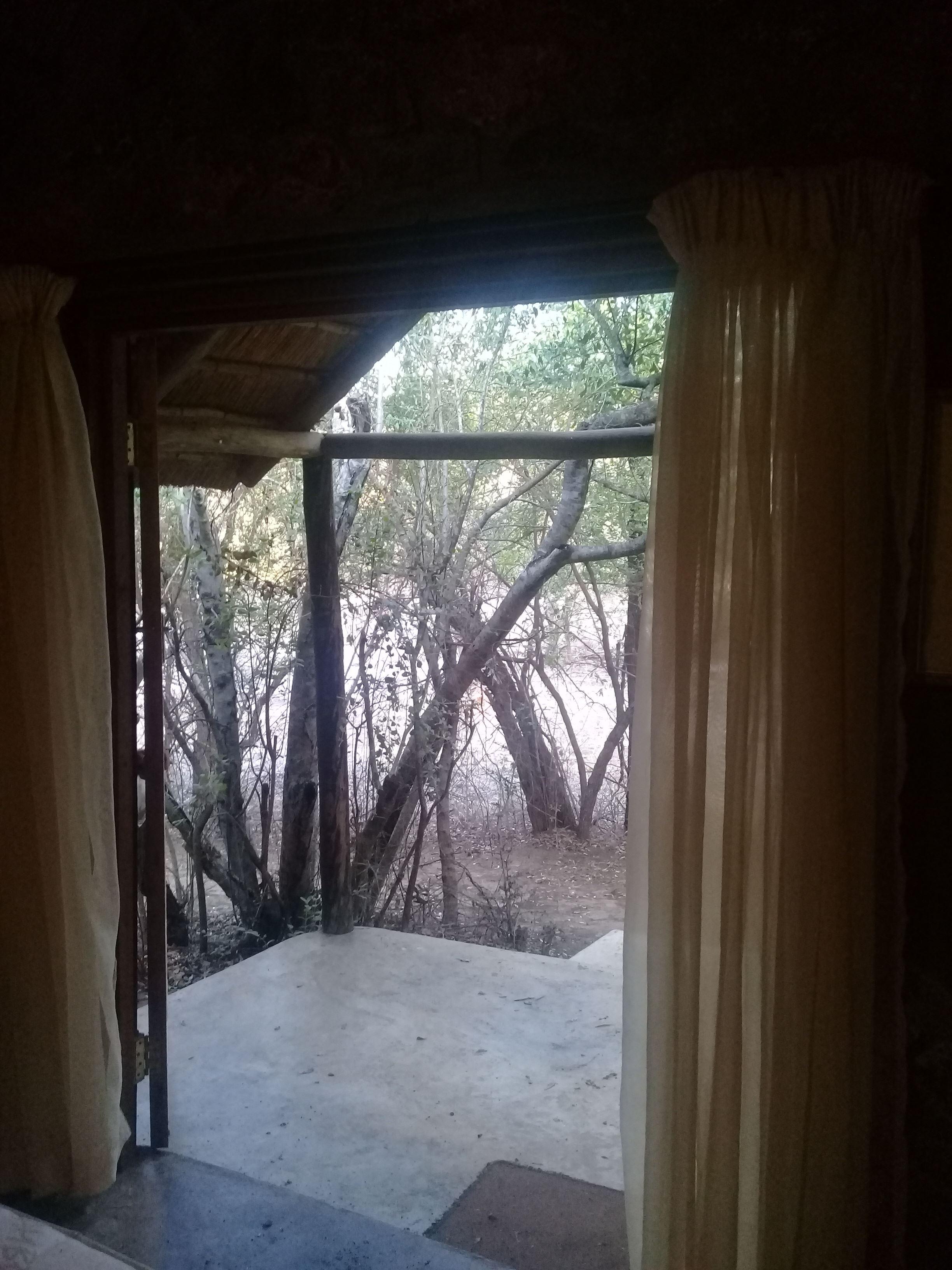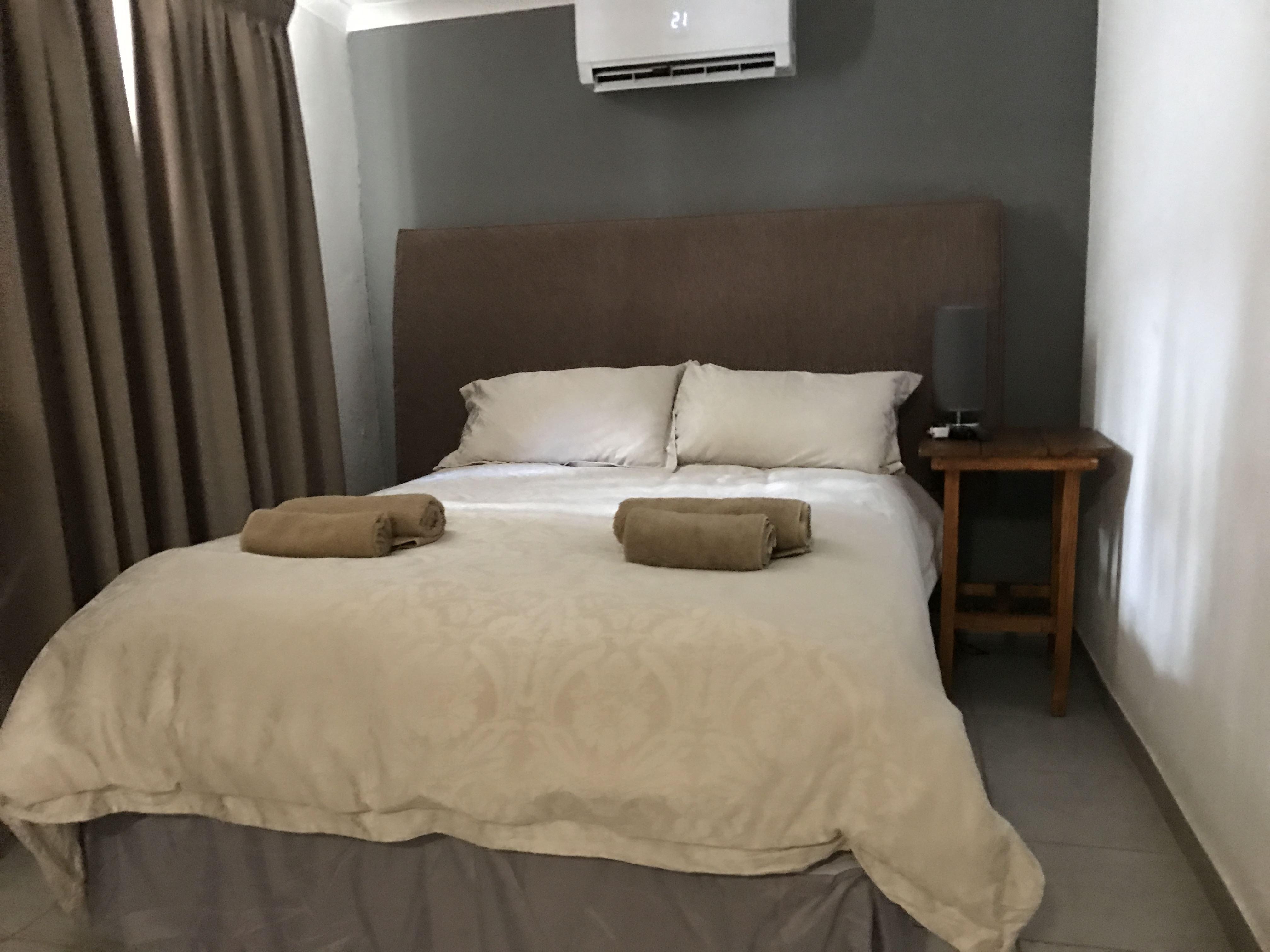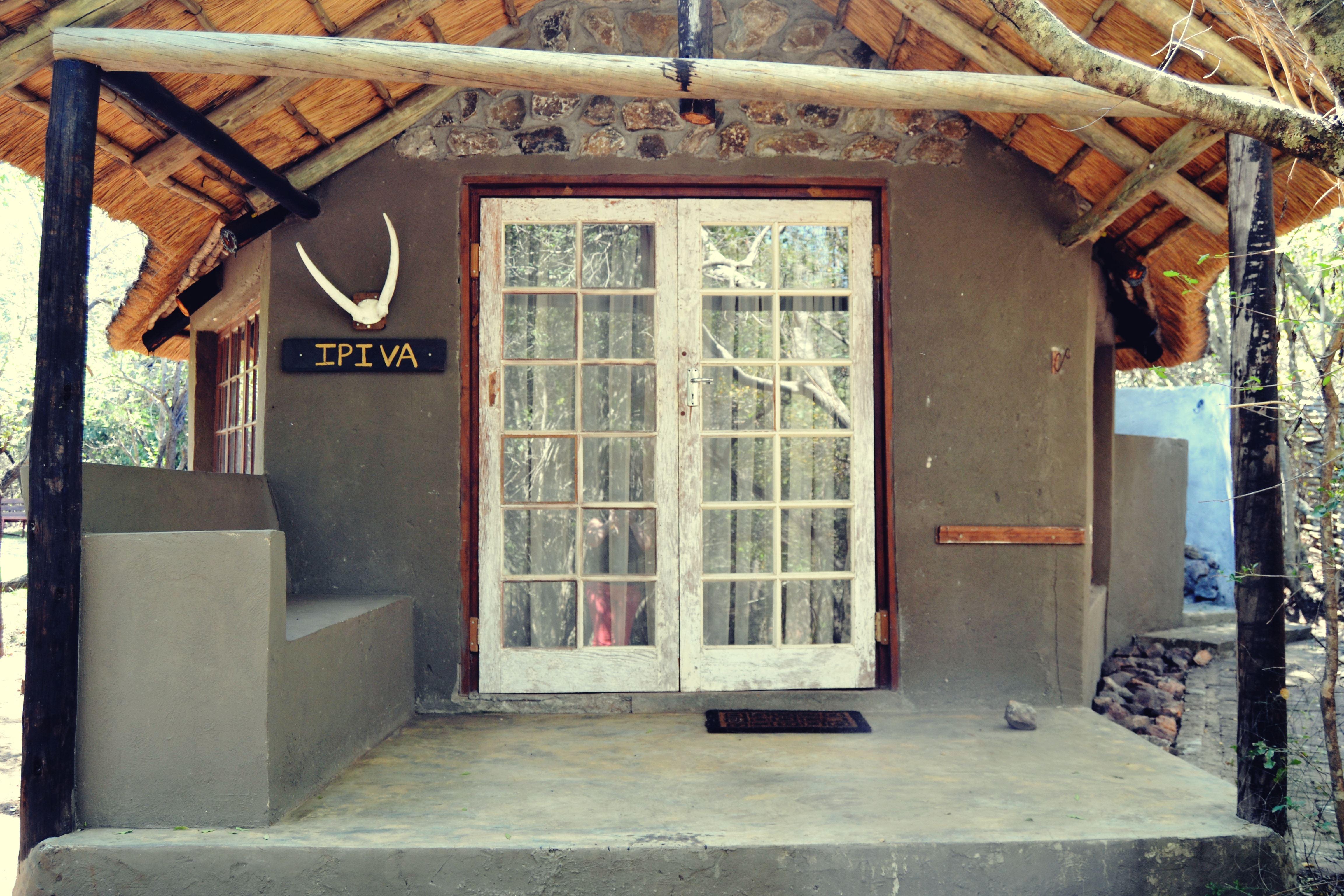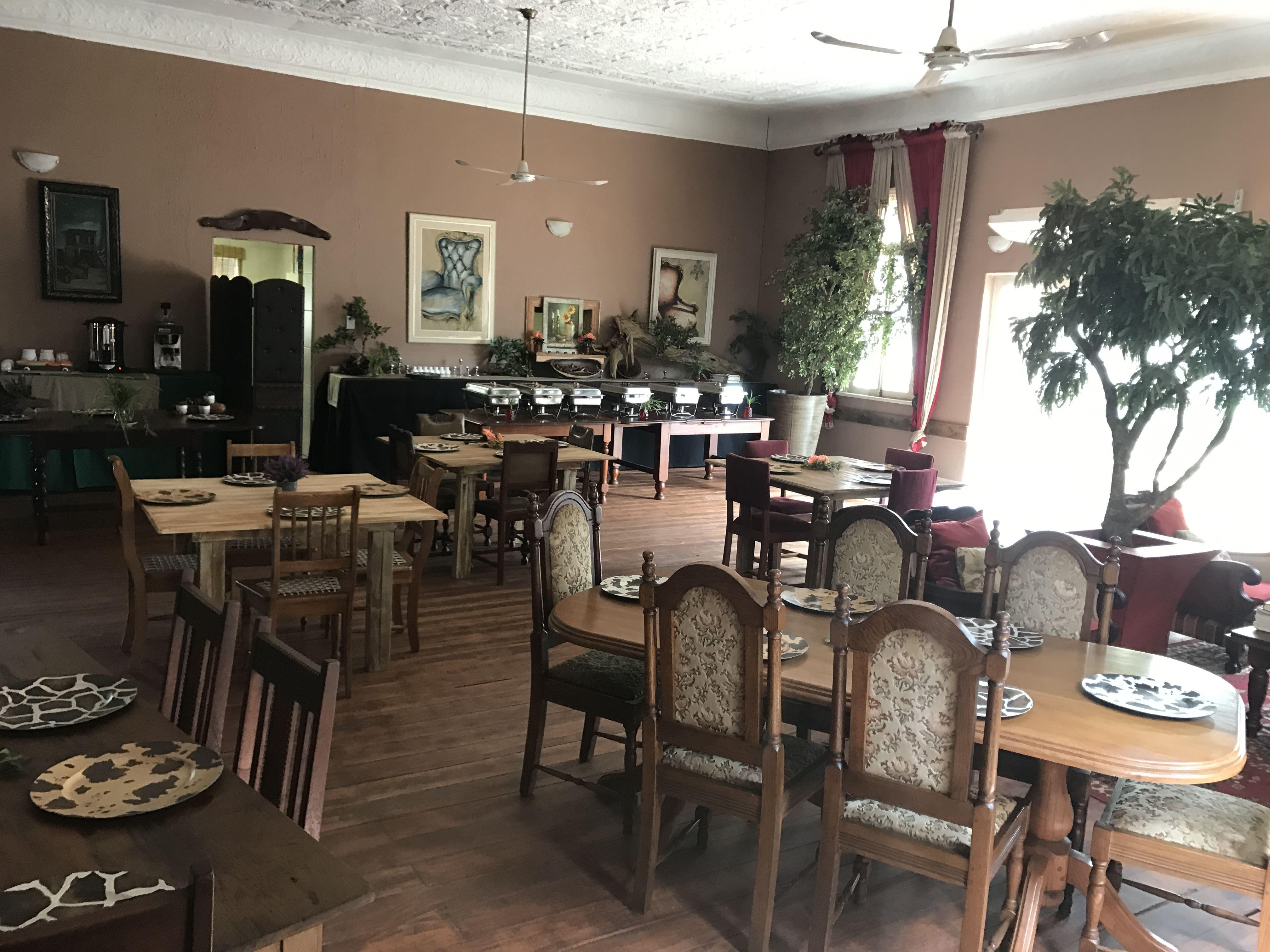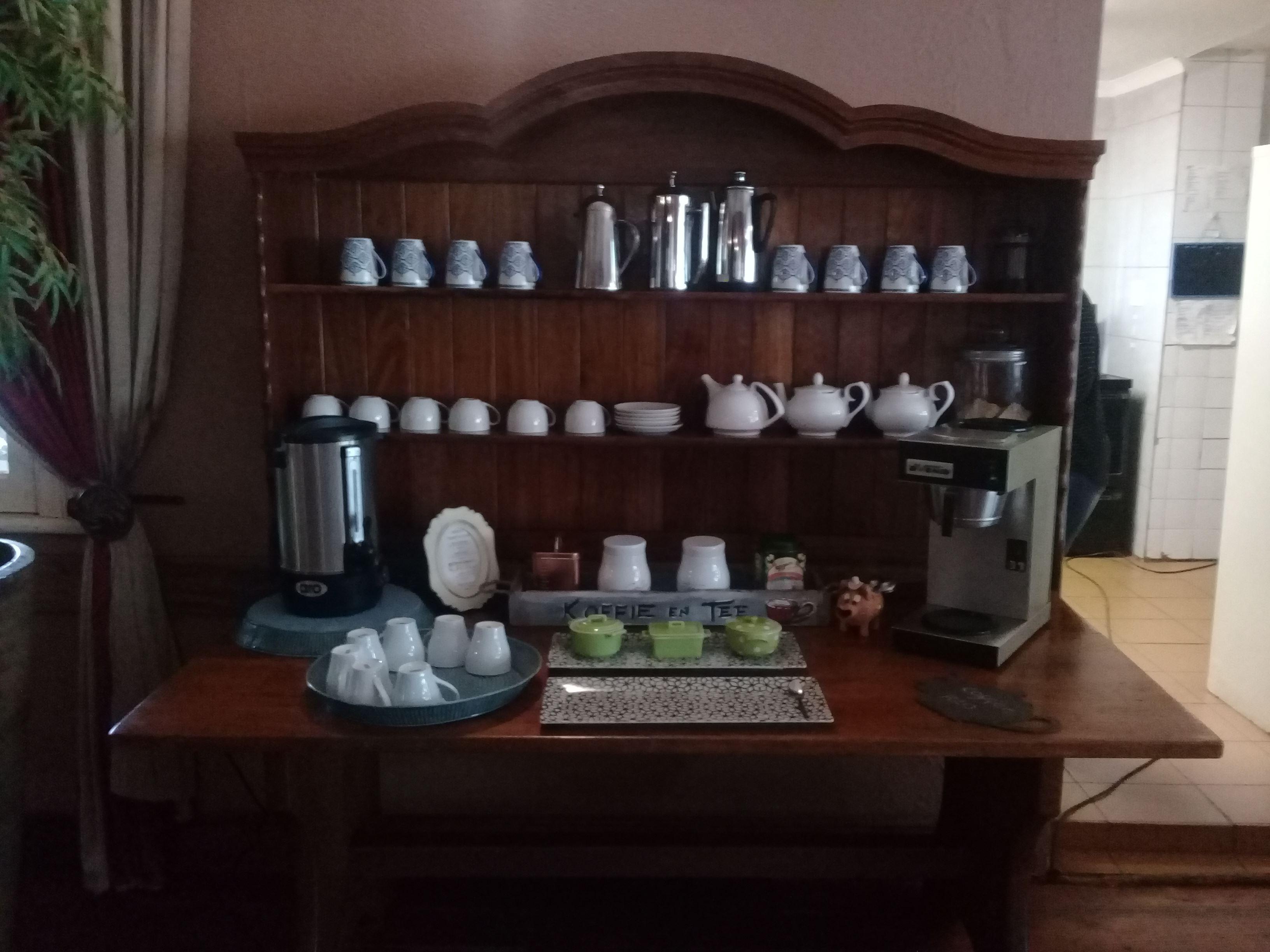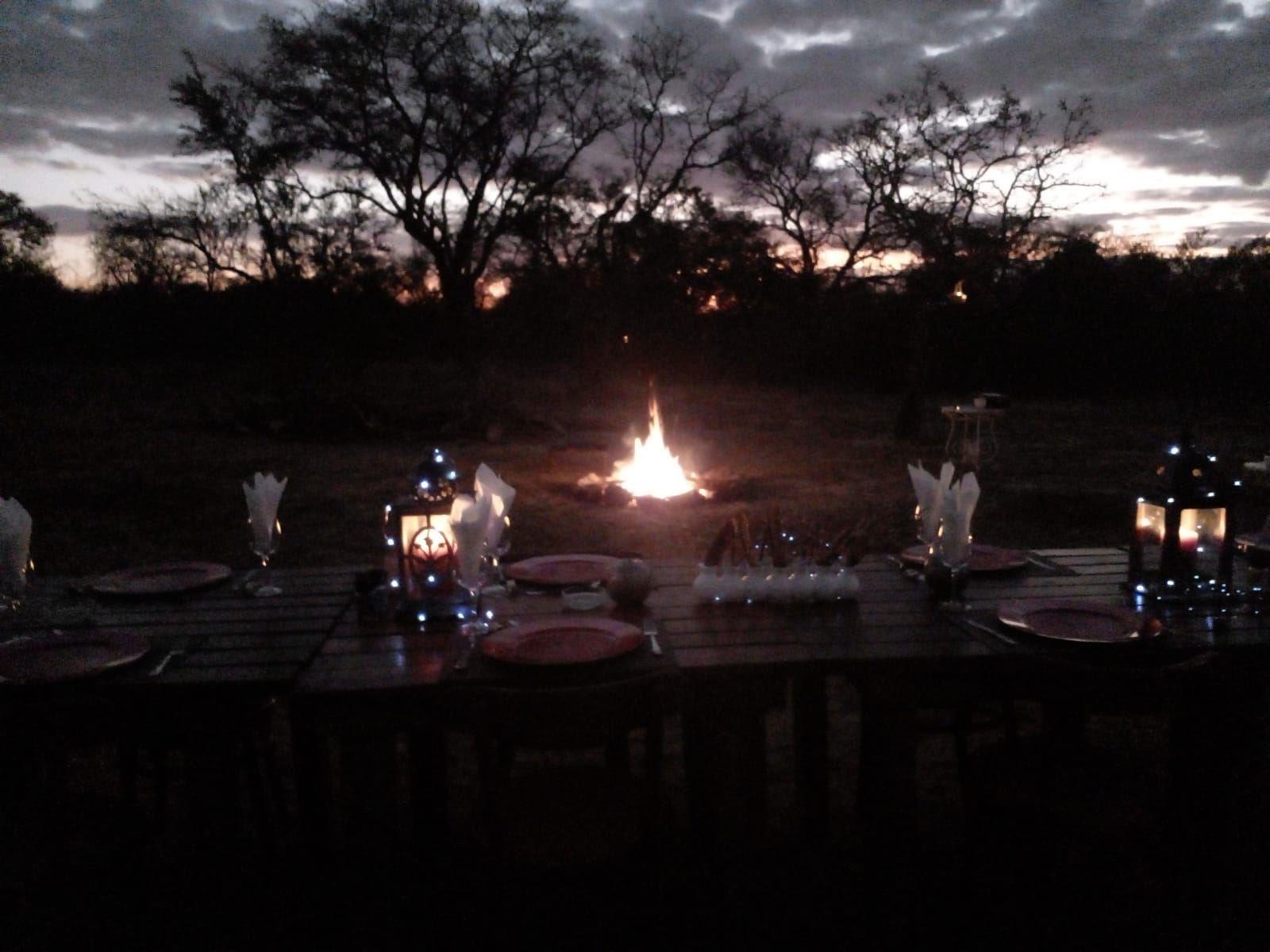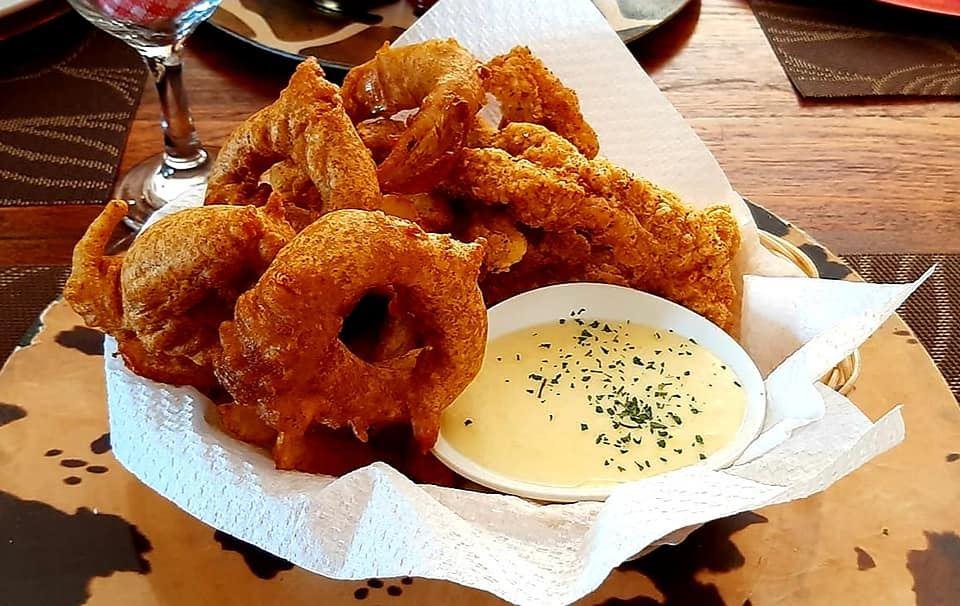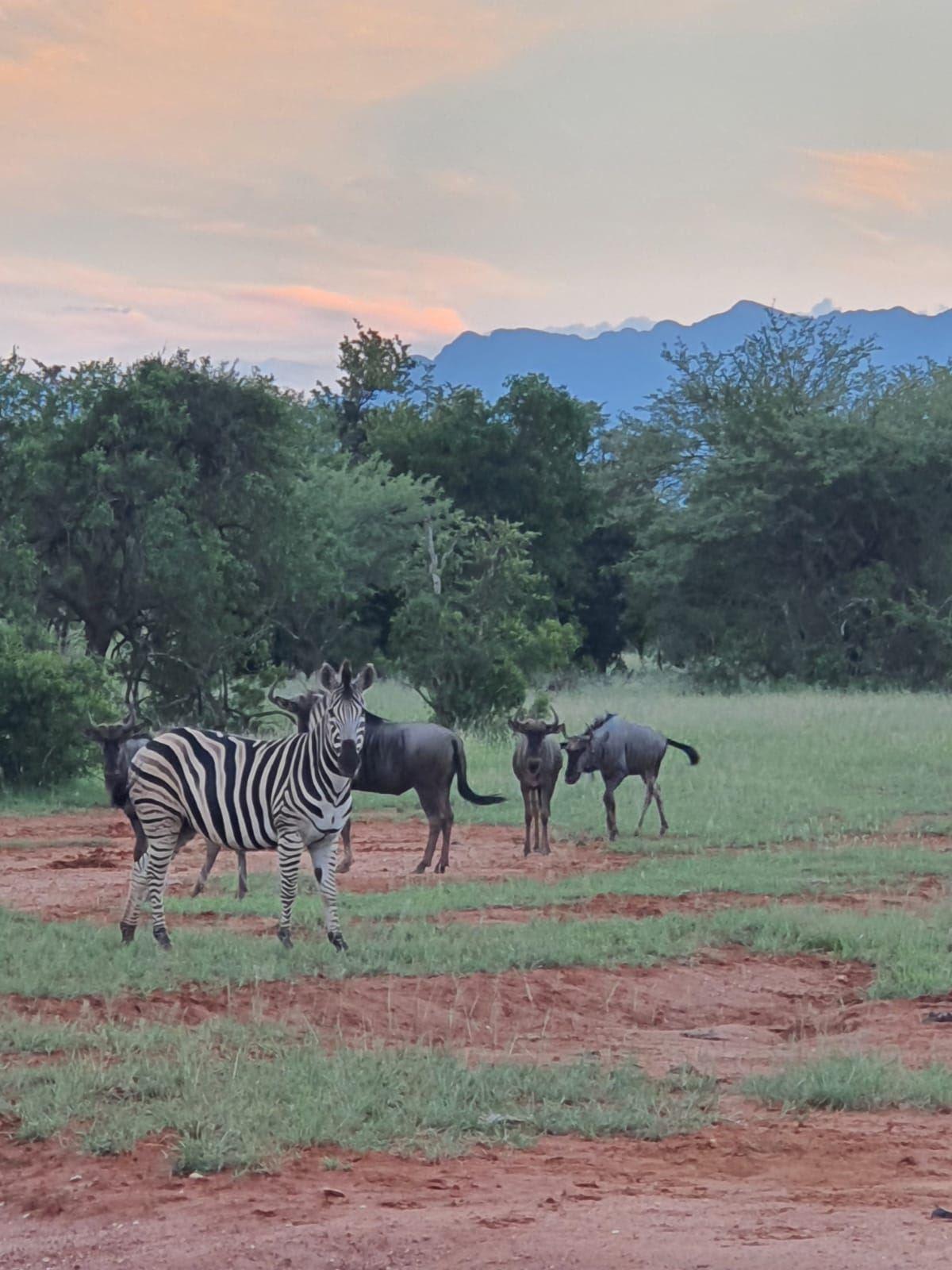In 1870 Edward Button & James Sutherland reported the discovery of gold in the Murchison mountain range.However, it was only later in 1886 to 1888 that a gold rush started in Leydsdorp, when the area was declared public diggings (Selati Goldfields), by the Zuid-Afrikaansche Republic & the laying out of the township-Leydsdorp.By 1876 syndicates & companies started acquiring blocks of claims (Pelgrimsrest, Kaapse Hoop, Babberton area). The heydays of individual diggers had passed. It was time for the diggers to search for new pastures in the Northern parts of South Africa.
In 1870 Edward Button & James Sutherland reported the discovery of gold in the Murchison mountain range.
However, it was only later in 1886 to 1888 that a gold rush started in Leydsdorp, when the area was declared public diggings (Selati Goldfields), by the Zuid-Afrikaansche Republic & the laying out of the township-Leydsdorp.
By 1876 syndicates & companies started acquiring blocks of claims (Pelgrimsrest, Kaapse Hoop, Babberton area). The heydays of individual diggers had passed. It was time for the diggers to search for new pastures in the Northern parts of South Africa.
Sensing the end of the small-time operation; French Bob led the last rush in South Africa, of the old-time diggers to the Murchison Range in 1888.
His Camp becomes the site of Leydsdorp.
Named after the state secretary Dr Willem Johannes Leyds.
The Yield of gold in the area was disappointing. Water was not easily obtained, the death toll was amongst the highest in South Africa. Malaria, sleep Illness, scurvy, bar fights and lion attacks were some of the main causes of death.
Leydsdorp was an unforgiving place, a self-serving place that took more than it gave. Scattered with unmarked graves & lost dreams.
Everyone that came to Leydsdorp either paid with their lives or their livelihoods.
The last of the old-school diggers gravitated to more profitable fields, the then capital of the low-veld, Leydsdorp's decline was set in stone and by 1924 it was practically dead.
Old-school Victorian colonial mining meets an isolated African farm a grandeur room greets you. The Hotel’s Historical structure, dating from 1891, was restored as best as possibly could, staying true to the original style & character. The famous dining hall still boasts its original high pressed ceilings & wooden floors, giving an ambience of a time long forgotten. For those seeking an entire experience of yesteryear!
The menu is unpretentious, good-tasting food, that is freshly made
The "Dickinson Bro Pub" is a quint place, where one can quench your thirst in the unforgiving heat of Limpopo's sun.
For the brave at heart, a visit to the cellar. that once kept food, beverages and the departed, is a must: Some people will be glad to know, that we no longer keep food and beverage refrigerated in the cellar...
Bedroom with twin beds with en-suite bathroom. DSTV, air-conditioning and tea/coffee facilities. Swimming pool. Wi-Fi. Breakfast is served every morning and guests are welcome to dine in the Restaurant if they wish to.
Bathroom (ensuite) Bathroom towels supplied Bed linen supplied Internet connection (wireless) Smoking: not allowed
Hotel rooms Qty: 10
Sleeps: 2 guests (max 2 adults)
Children: are allowed in this room type
Bush Camp
Chalet with twin beds and outside shower. Tea/coffee facilities. Swimming pool and Lapa on the dam. Wi-Fi. Fully equipped for self-catering. Braai facilities. Breakfast is served every morning and guests are welcome to dine in the Restaurant if they wish to.
Bathroom (ensuite) Bathroom towels supplied Bed linen supplied Smoking: not allowed
Qty: 2
Sleeps: 2 guests (max 2 adults)
Children: are allowed in this room type
Read more






